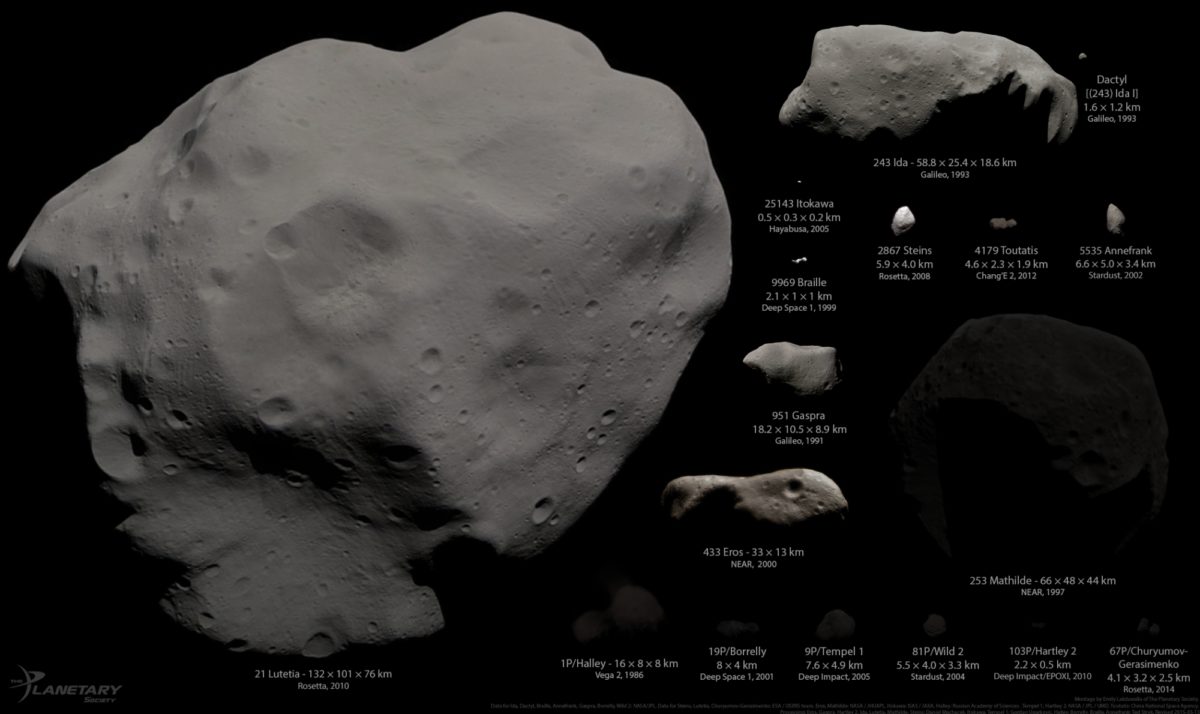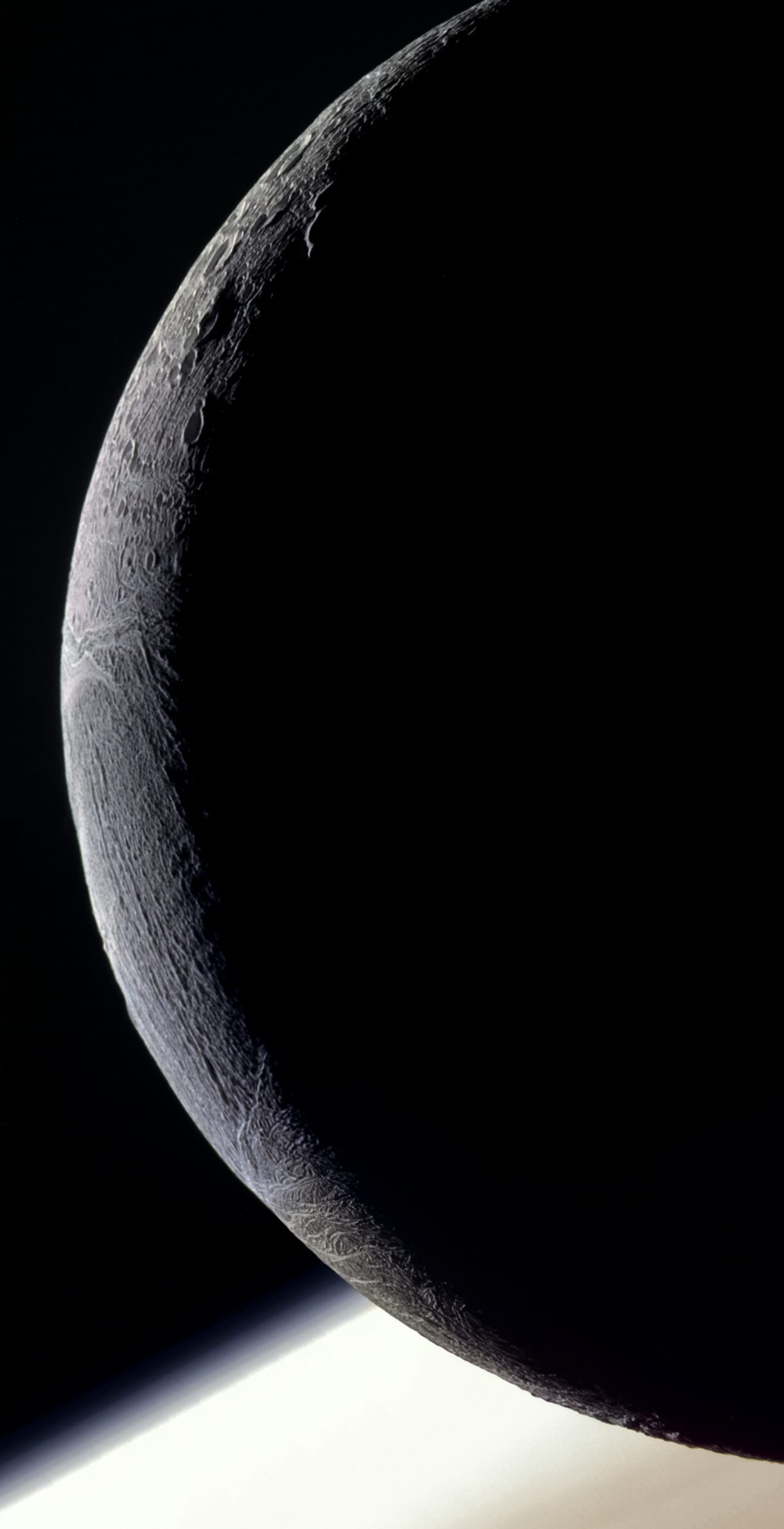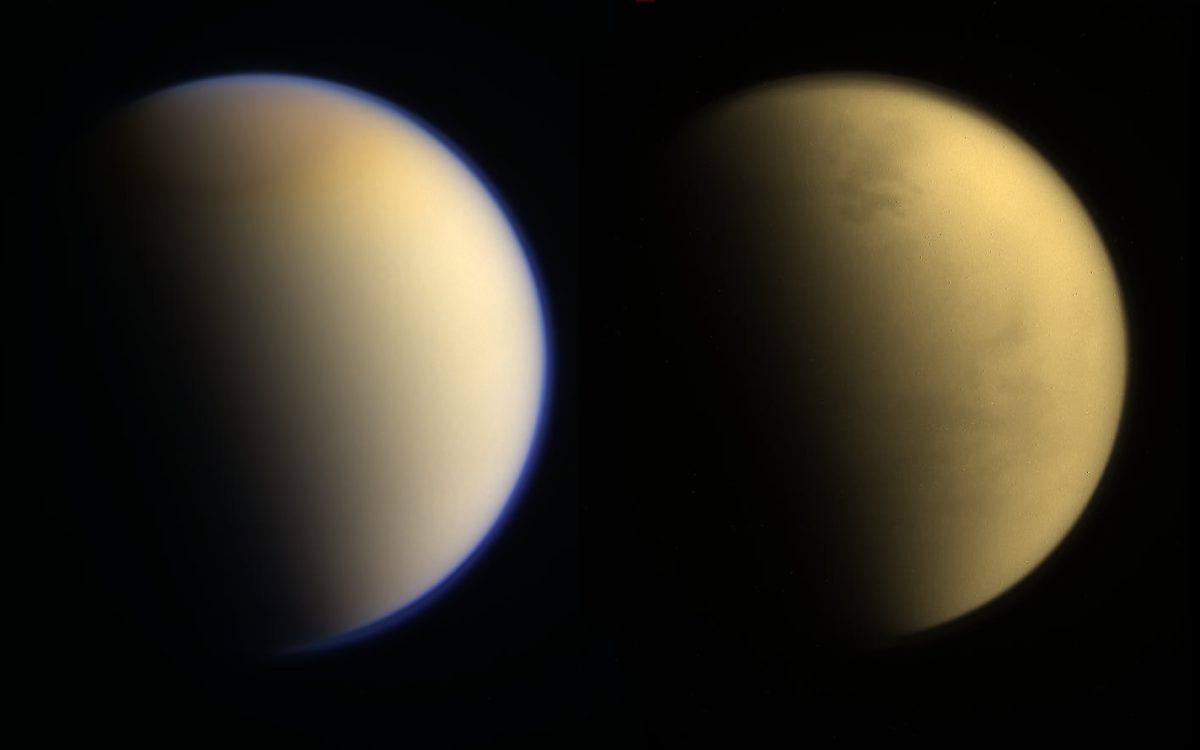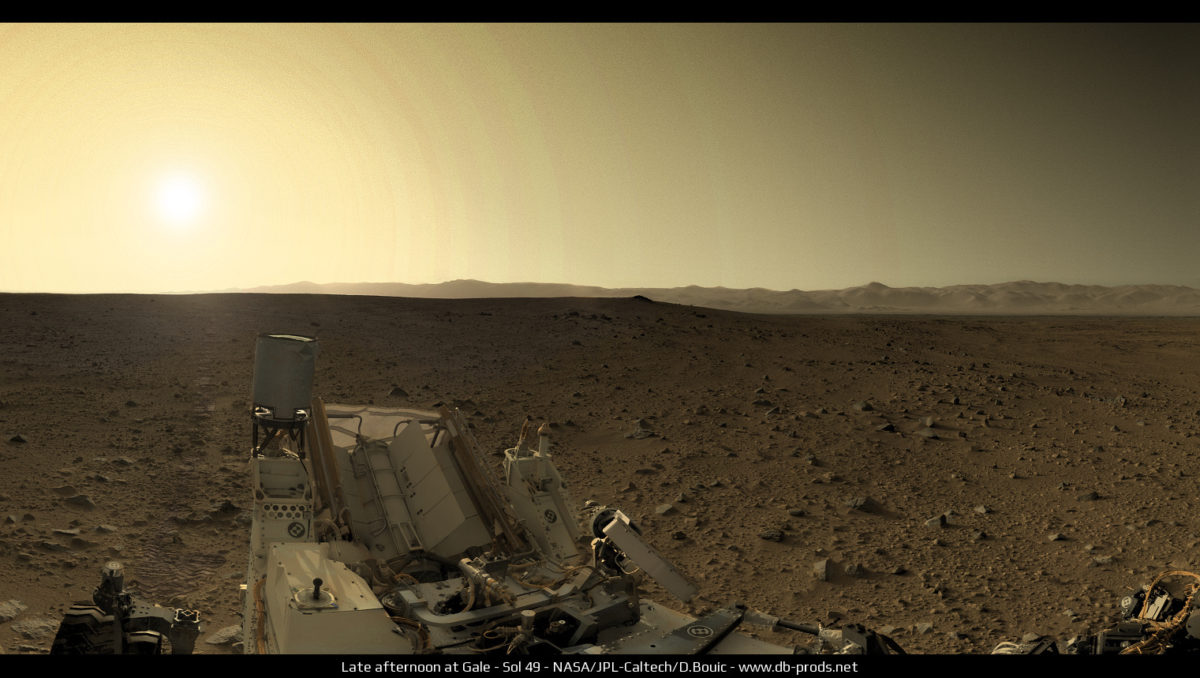Emily Lakdawalla • Apr 22, 2016
NASA Space Apps Challenge: Women hacking space image data
Today I'm participating in a program called the International @SpaceApps Women in Data Bootcamp. The NASA Space Apps Challenge is an annual weekend hackathon working to inspire "citizen teamwork for positive change across every skill level and discipline;" the Data Bootcamp is a pre-Challenge event intended to increase the participation of women and girls in hackathons. Below is a recording of the live stream. (You can skip directly to my part at about 1:44:50 if you want, but there were a lot of great presentations that were worth watching.)
I'm presenting a brief talk highlighting the way that my personal discovery of NASA's image data archives shaped my path into public communication about science, and briefly showcasing three other women who do amazing work with public image data.
You can find all the images that I've processed here, and various writing on spacecraft image processing here. Below is an example of the kind of work I like to do, mixing amateur-processed images of a variety of worlds of our solar system to help provide people with perspective on the worlds we're exploring:

In my presentation I also featured Elisabetta Bonora, who is an Italian science blogger and image processor. She writes about space image processing at aliveuniverseimages.com. My favorite recent work of hers is this mosaic of Enceladus in front of Saturn from Cassini. Like me, she plays with data from all space missions, enjoying the variety of robotic spacecraft.

Other women I featured tend to focus on worlds of particular interest to them personally. Val Klavans is particularly interested in Saturn's moon Titan; she is active on Twitter as Titan Saturn's Moon, and is a producer of the upcoming film "In Saturn's Rings." Here, she shows us how Cassini can see Titan in different ways with different wavelengths of light.

Finally, I featured Damia Bouic, who has processed rover panoramic images into breathtaking scenery since Spirit and Opportunity landed on Mars, and has continued with Curiosity. As a professional photographer, she is particularly interested in lighting and composition, as with this dramatic late-afternoon view of Gale crater, which she produced by colorizing black-and-white data.

If you'd like to begin to explore working with space image data for yourself, I recommend checking out the space image processing tutorials I've written, my blog entries about space image processing, and the following sources of raw spacecraft image data:
Support our core enterprises
Your support powers our mission to explore worlds, find life, and defend Earth. You make all the difference when you make a gift. Give today!
Donate

 Explore Worlds
Explore Worlds Find Life
Find Life Defend Earth
Defend Earth

